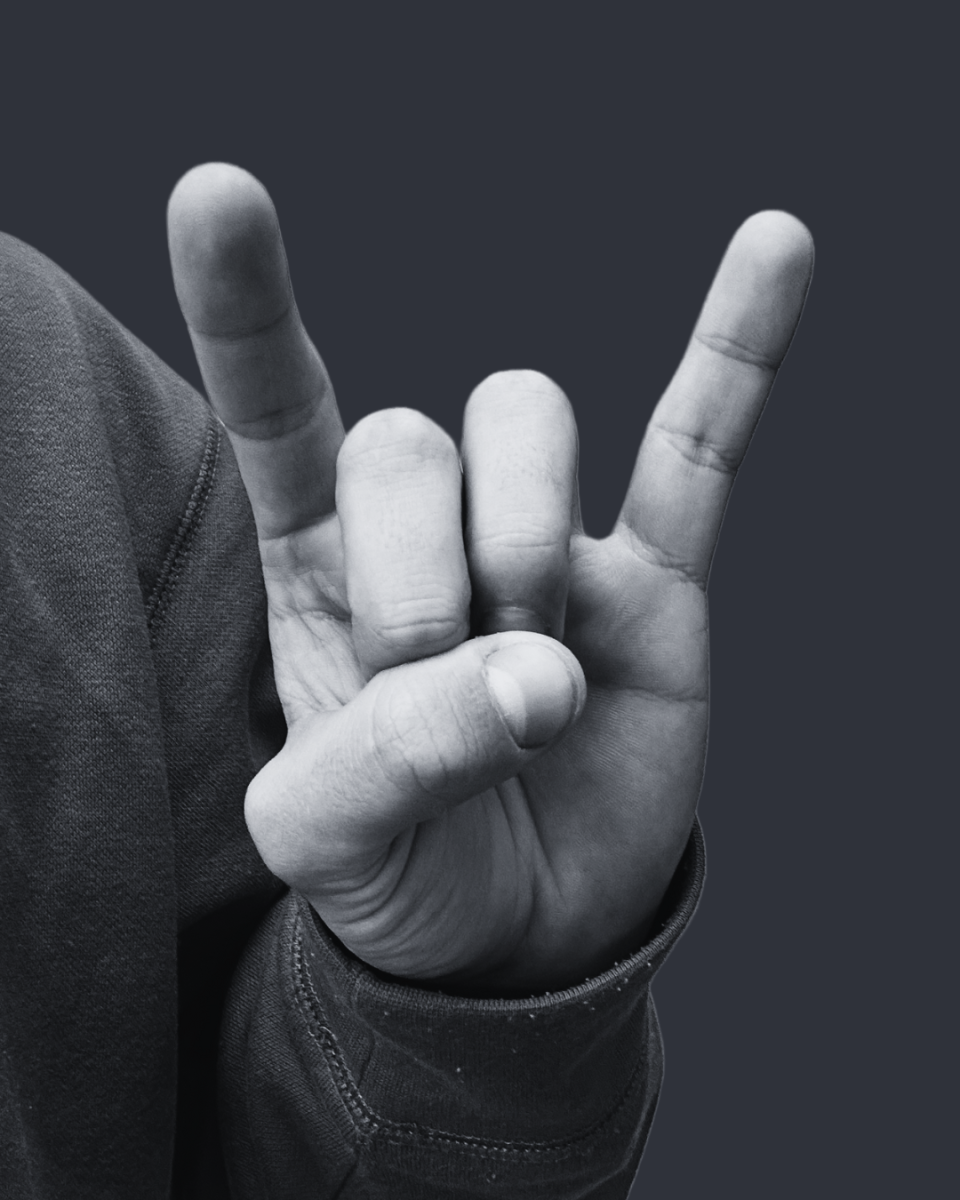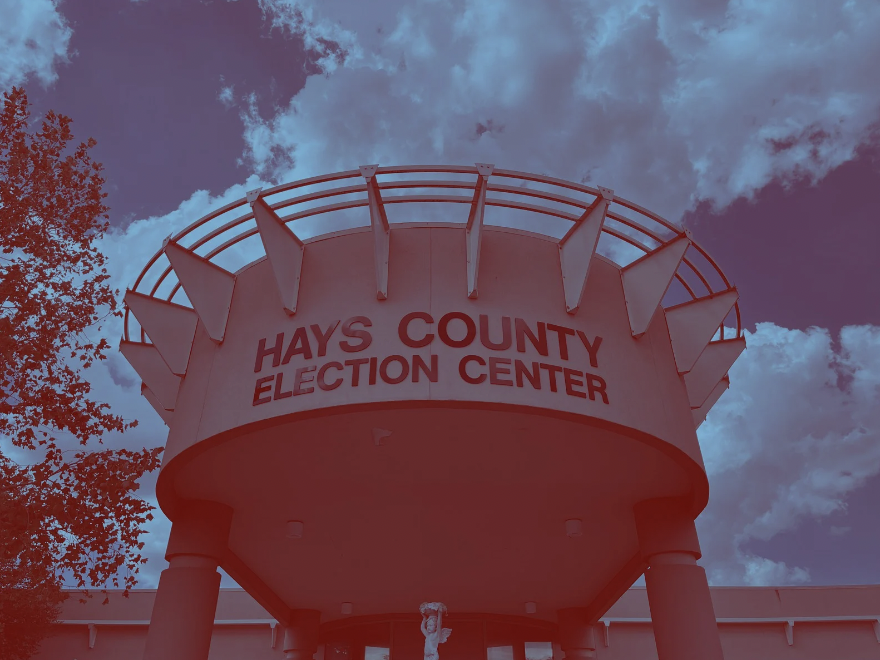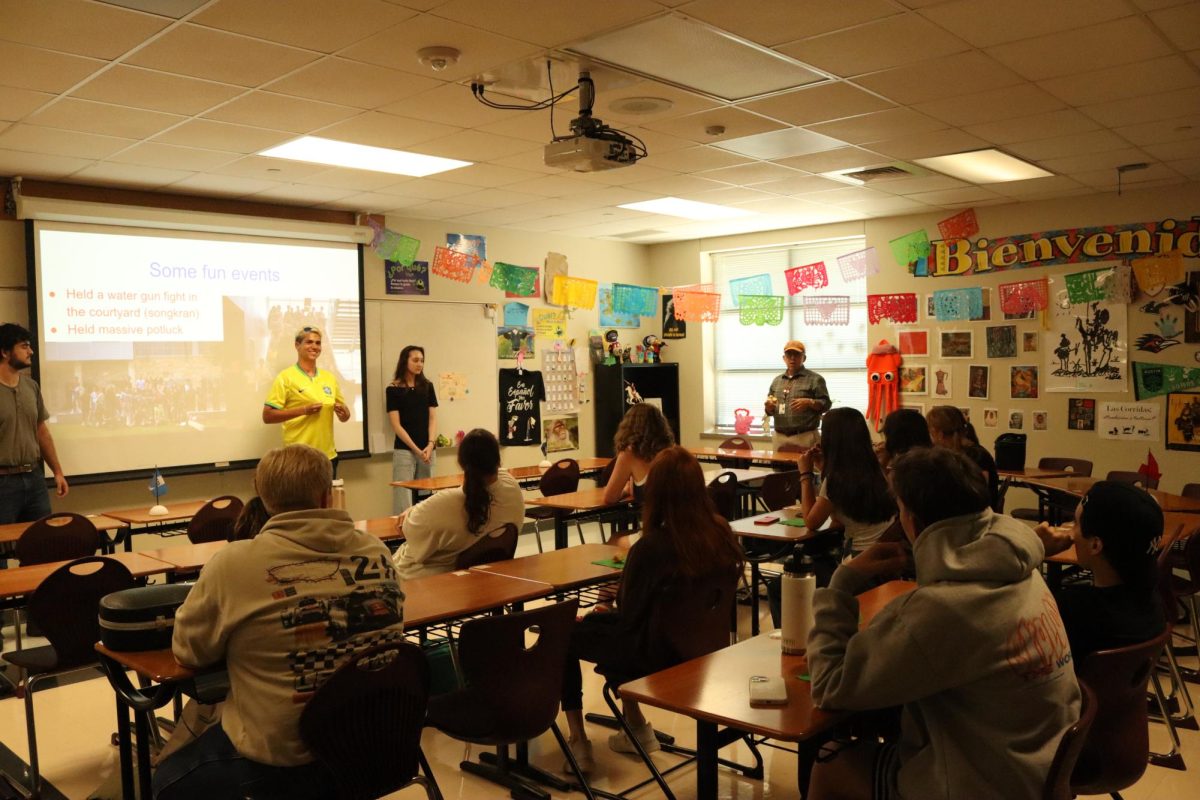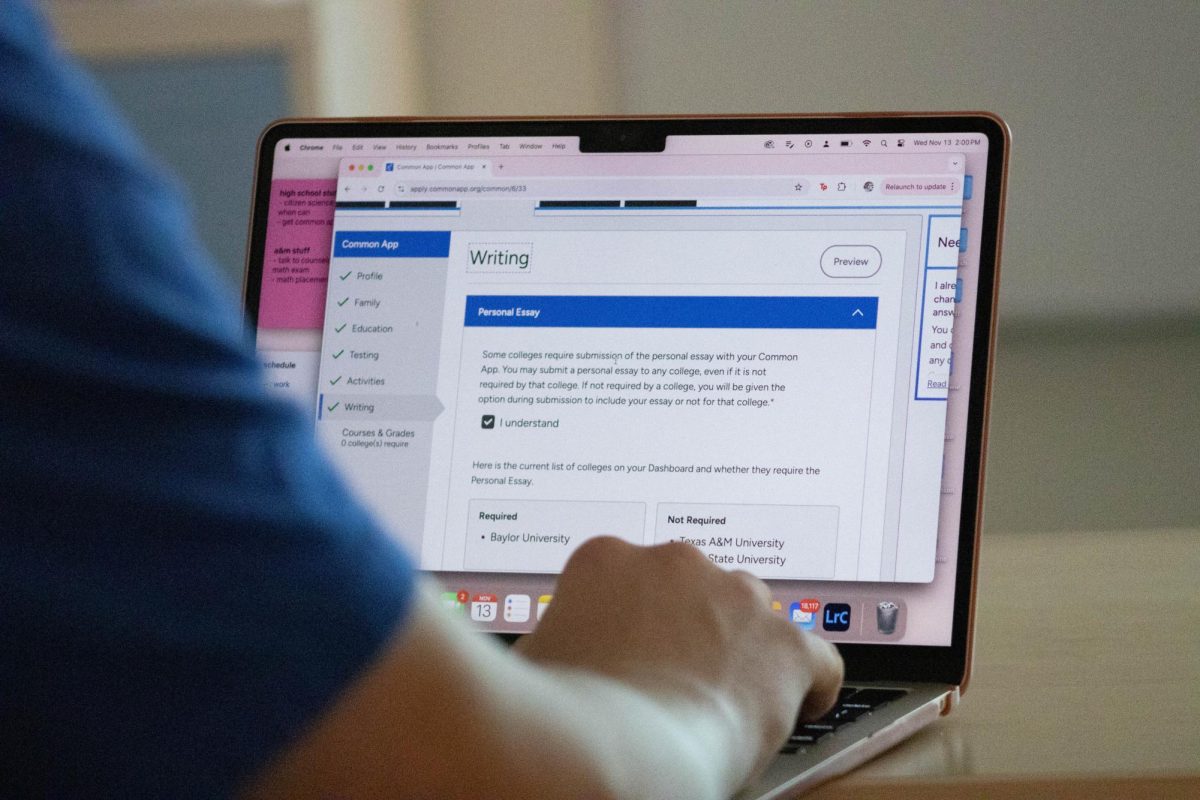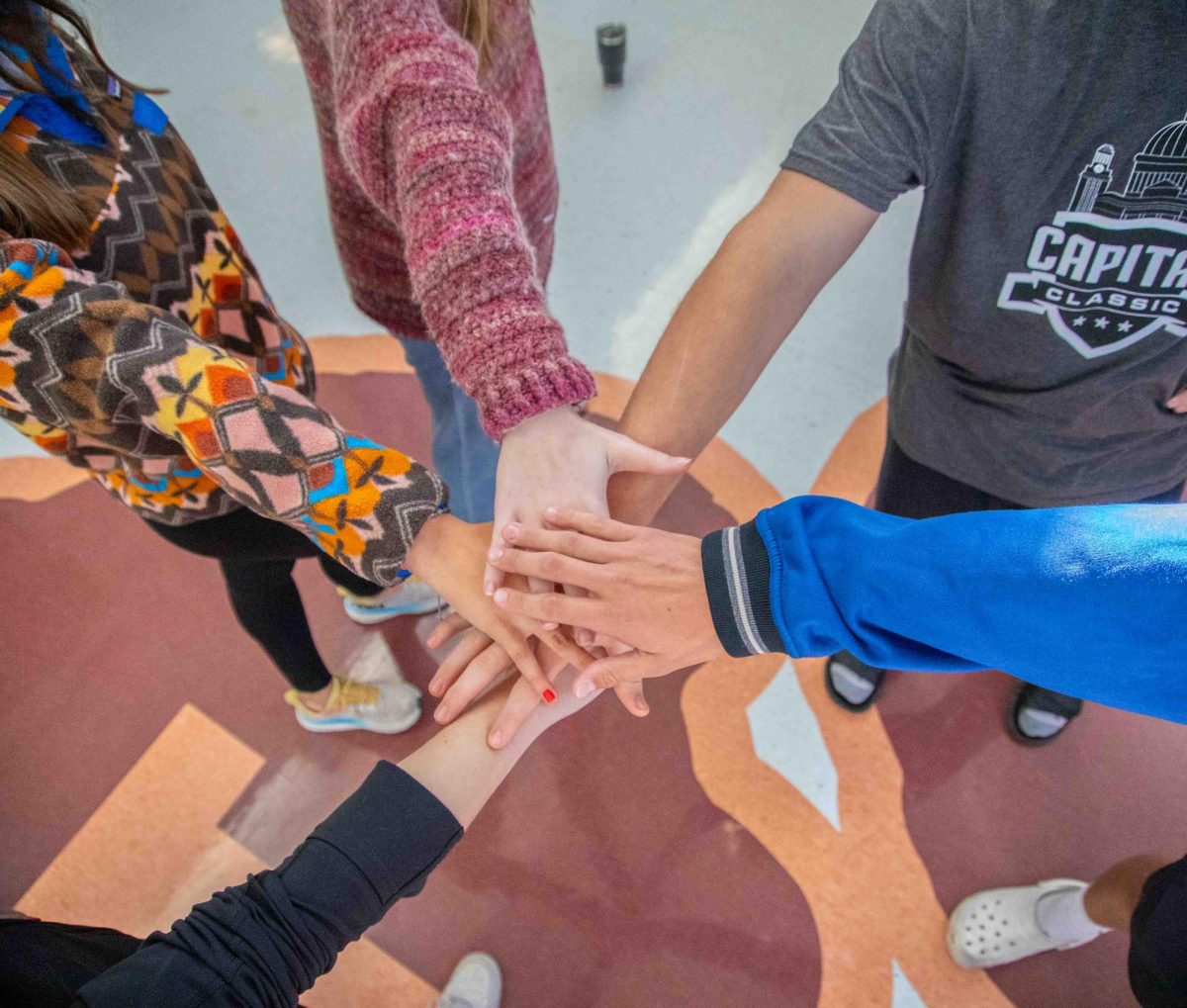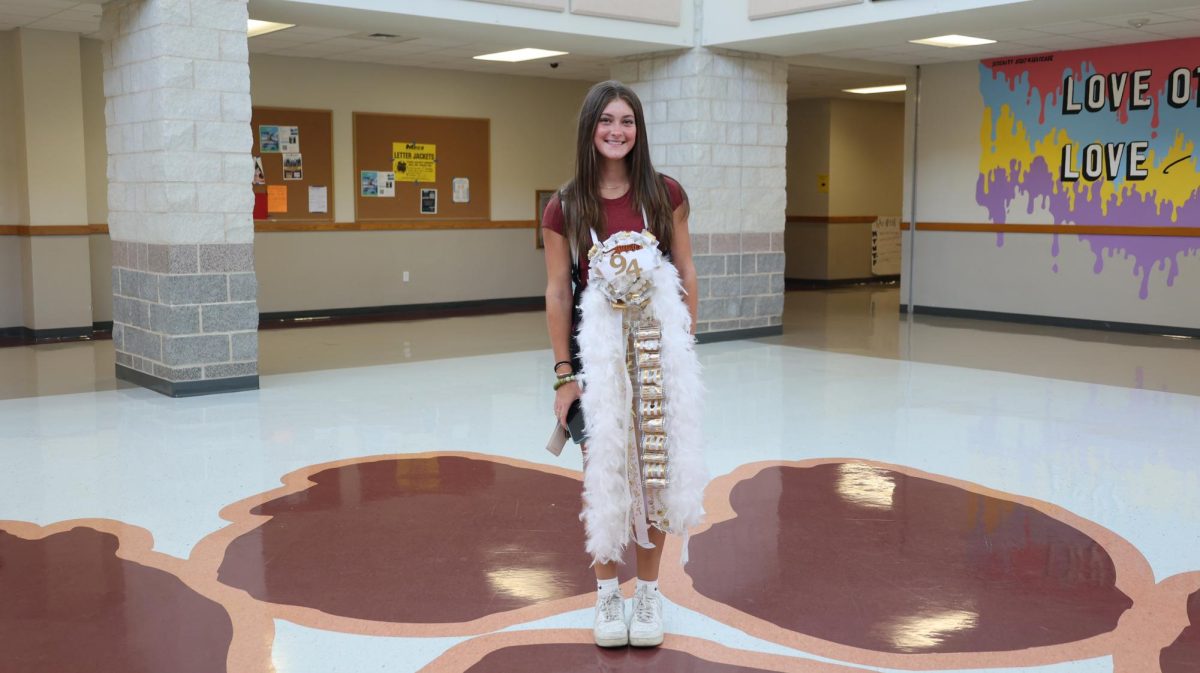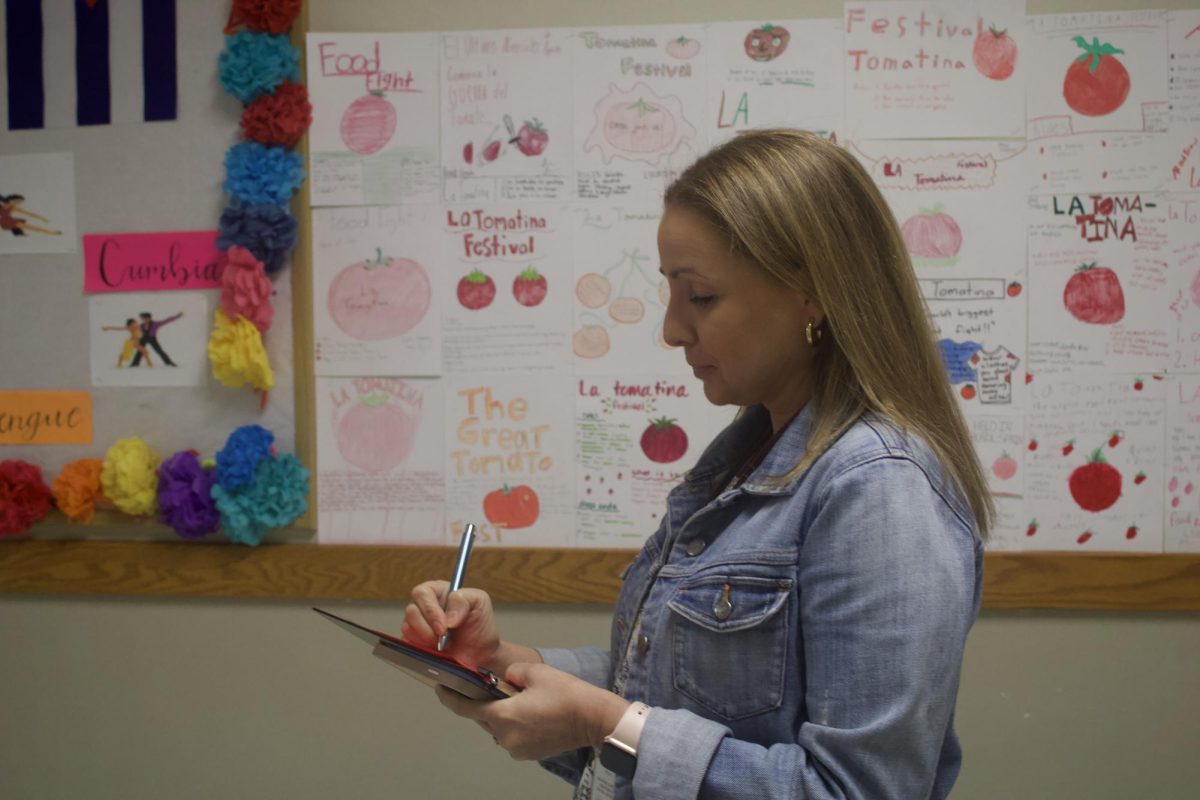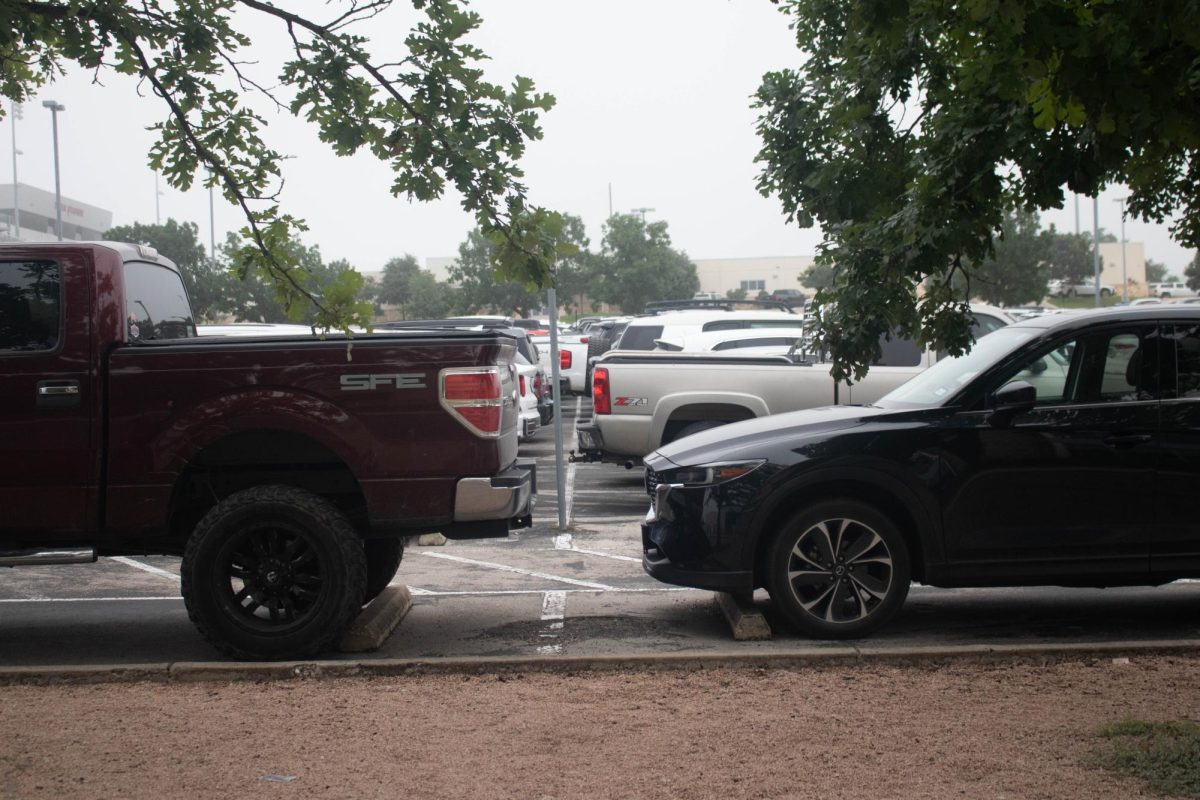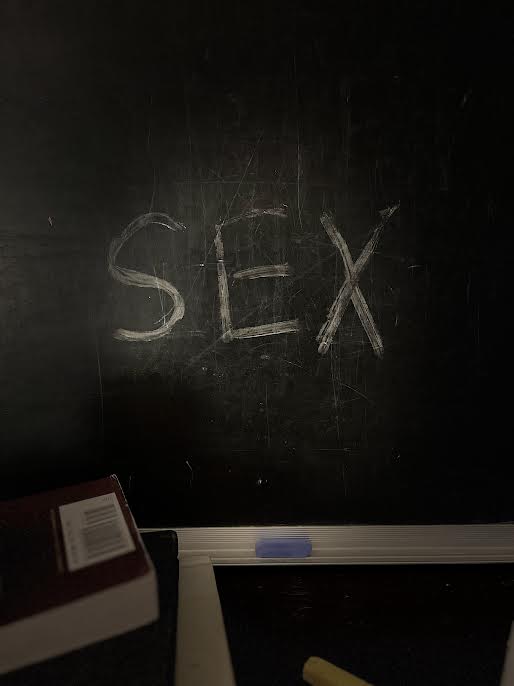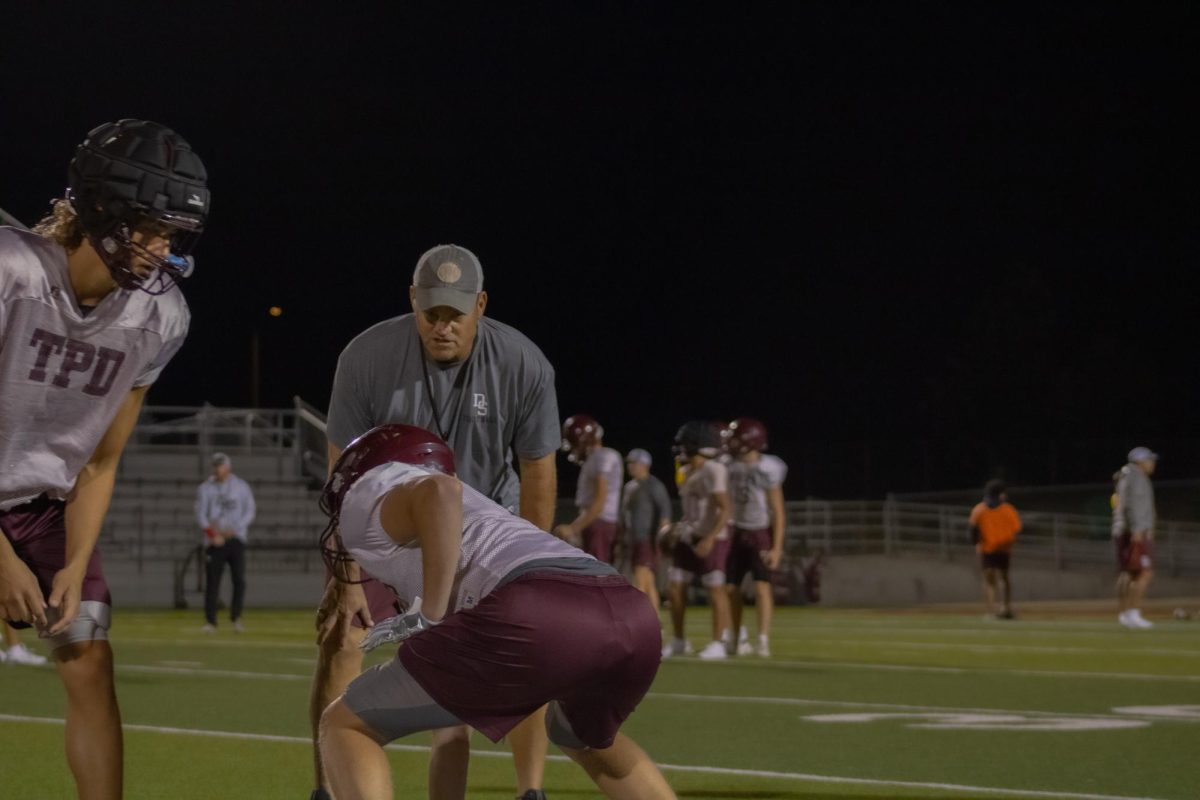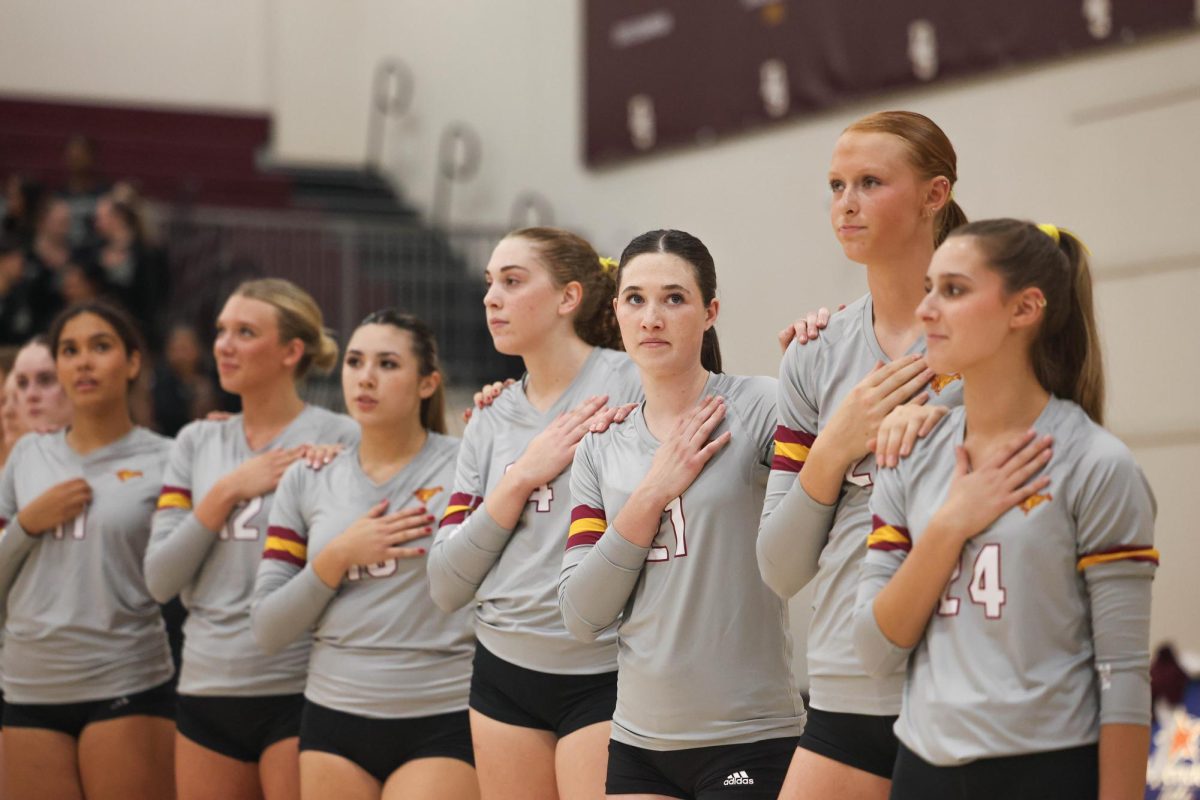If you’ve been noticing more couples calling it quits—or suddenly getting together—over the past few weeks, you’re not imagining things. Late January and February seem to be prime time for breakups and new relationships. But why? What makes this time of year especially volatile for relationships? The answer comes down to psychology, societal pressure and a little thing called Valentine’s Day.
January is unofficially known as “National Breakup Month,” and for good reason. As kids, the holidays felt magical. They were a time filled with sparkly lights, sweet treats and shiny new presents. But as we’ve grown older, the enchantment has faded, replaced by the stress of last-minute shopping, dread of crowded family gatherings, and the pressure of “cuffing season.” During the “most wonderful time of the year,” packed with romantic ballads and photoshoots, breaking up can feel impossible. However it may feel though, winter break can often mark a turning point in relationships. When some couples spend these three weeks apart, they may realize they enjoy their independence. On the flip side, others may spend every waking moment together, and need a break. Then come the New Year’s Resolutions.
This post-holiday period can be a reality check for relationships. The excitement of the holidays fades, and people begin soberly reevaluating their priorities. With the past year coming to a close, people begin to ask themselves, “Do I want to spend another year of my life with this person? Another two years?” The urge for self-improvement often means cutting ties with relationships that no longer fit the “New Year, New Me.”
And that takes us to February—the month of love. Or, for some, the month of realizing they don’t actually want to spend Valentine’s Day with their current boyfriend or girlfriend. The holiday which centers around love can force people to question their feelings, especially if they’re feeling iffy about their partner. Instead of forcing themselves to endure a romantic dinner, many choose to cut things off before February 14 even arrives. Others find themselves disappointed when their partner doesn’t make an effort (because let’s be real, nobody wants to settle for a lackluster Valentine’s Day, and chocolate and flowers are never too much to ask.)
Ironically, the same pressures that lead to breakups also push some people into new relationships. Nobody wants to be alone when love is seemingly inescapable, from store shelves stocked with heart-shaped everything to the onslaught of couples’ Instagram stories. Not to mention, you can’t always avoid seeing your ex in the hallways, and some rush into something new just to keep from feeling isolated. In fact, dating apps see a spike in activity during the weeks leading up to February 14.
Of course, the breakups don’t end there. Many of these rushed relationships, along with those that barely survived Valentine’s Day, are cleared out in the so-called “Spring Cleaning” phase, which was shown by data from Facebook relationship status updates to be the peak time of the year for people switching to “single.”
At the end of the day, breakups and new relationships happen all year long, but there’s definitely something about late winter that makes things a little more chaotic. Still, it’s not all bad. While February can be an emotional rollercoaster, it’s also a time for fresh starts. Breakups may be tough, but they can allow people to focus on themselves, growing their own confidence and self-love, and ultimately preparing them for healthier relationships in the future. And for those exploring a new relationship, even if it doesn’t last, there’s something exciting about new beginnings. Whether you’re happily in love, healing from heartbreak, or just watching the drama unfold from the sidelines with a bowl of popcorn, remember: it’s all temporary. This season of change is a reminder of our humanity; that love, like life, is always evolving. And soon enough, we’ll all be too busy having a hot girl summer to care.




